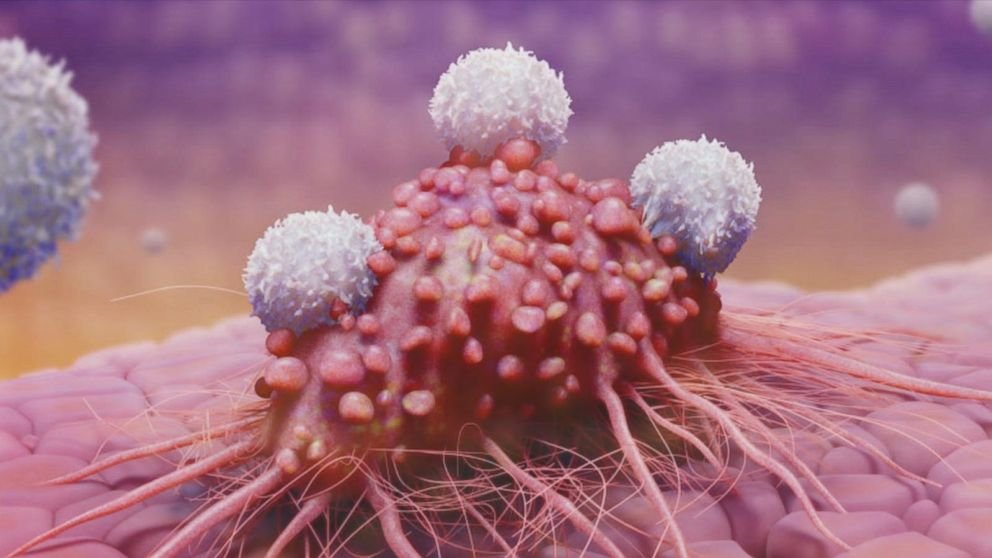Adductor canal is also known as Hunter’s canal (on the name of John Hunter) or Subsartorial canal. It is basically a canal formed by the muscles of the thigh. This canal serves as a pathway for the nerves and vessels to travel through the thigh. It is narrow and conical shaped and approximately 15 cm long runs from the apex of femoral triangle to adductor hiatus.

Extent
Above from apex of the femoral triangle to Below tendinous opening in the adductor magnus muscle.
Borders
In the figure above we can appreciate that the shape of the adductor canal is conical so it’s appearing triangular in cross section. As it is formed by the muscles so it is bordered by muscular structures.
Anterior wall/ Anterolaterally
- Vastus medialis.
Floor or Posteriorly
- Above – Adductor longus
- Below – Adductor magnus
Roof or Anteromedially
- It is formed by strong fibrous membrane joining the anterior and posterior walls
- It is overlapped by Sartorius. Sabsartorial plexus of nerves lies on the fibrous roof of the canal and under Sartorius
- This plexus is formed by branches from
- Medial cutaneous nerve of thigh
- Saphenous nerve
- Anterior division of obturator nerve

Contents
Artery
- Femoral artery which gives muscular branches and descending genicular artery
- Femoral artery leaves canal through hiatus magnus and continue as popliteal artery
Vein
- Femoral vein
- Femoral vein is a continuation of popliteal vein
Nerve
- Saphenous Nerve
- Saphenous nerve is the longest cutaneous nerve. It’s a branch of femoral Nerve
- Nerve to Vastus medialis and obturator nerve’s branches

Clinical Anatomy
Adductor canal compression syndrome
It is a rare condition and often results the compression of arteries by abnormal musculotendinous band arising from the Adductor Magnus muscle and lying adjacent and superior to the tendon of Adductor muscle. Mainly it causes the compression of superficial femoral artery.
Symptoms –
- pain in thigh
- Paresthesia
- Edema due to vein compression
- Acute limb ischemia
Treatment –
Its treatment is always surgical involving eliminating the cause of compression.





